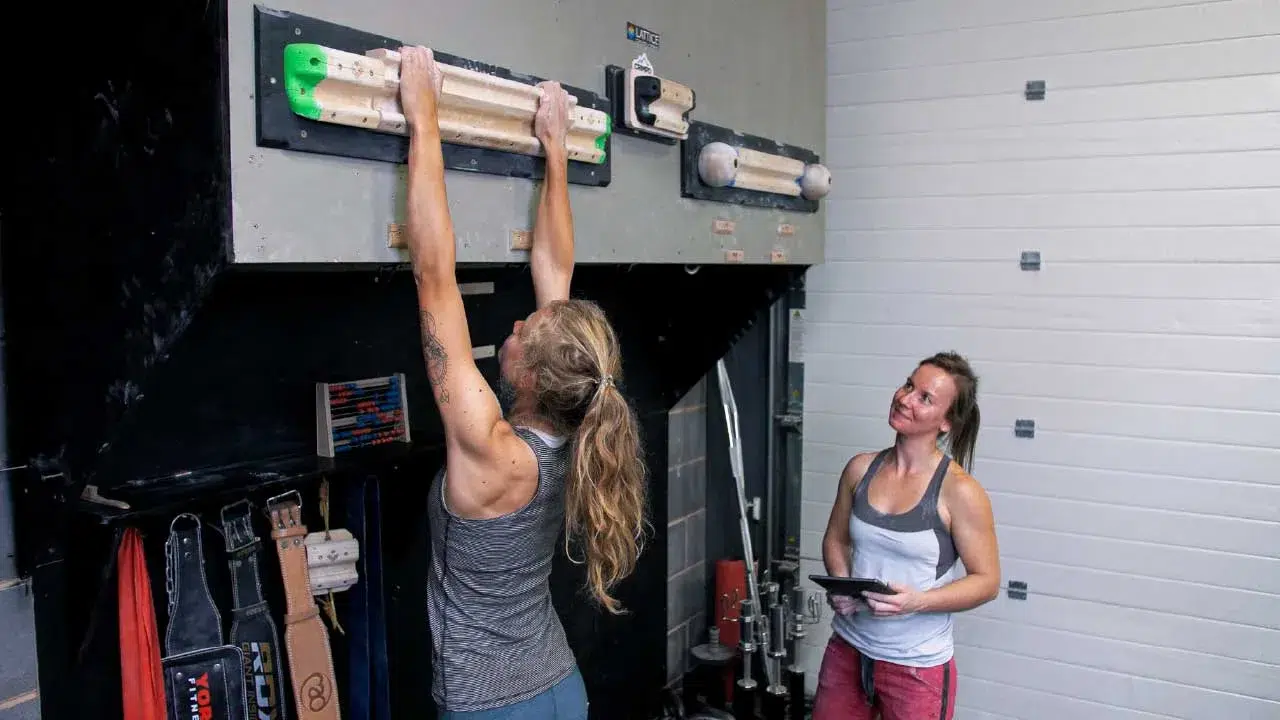If you’re new to climbing, understand this: gravity does not give a damn about you. But this article will. It’s your unfiltered, no-BS guide to mastering climbing training — from climbing rope drills to bouldering workouts to training reaction time like a predator eyeing its prey.
Why Climbing Training Matters
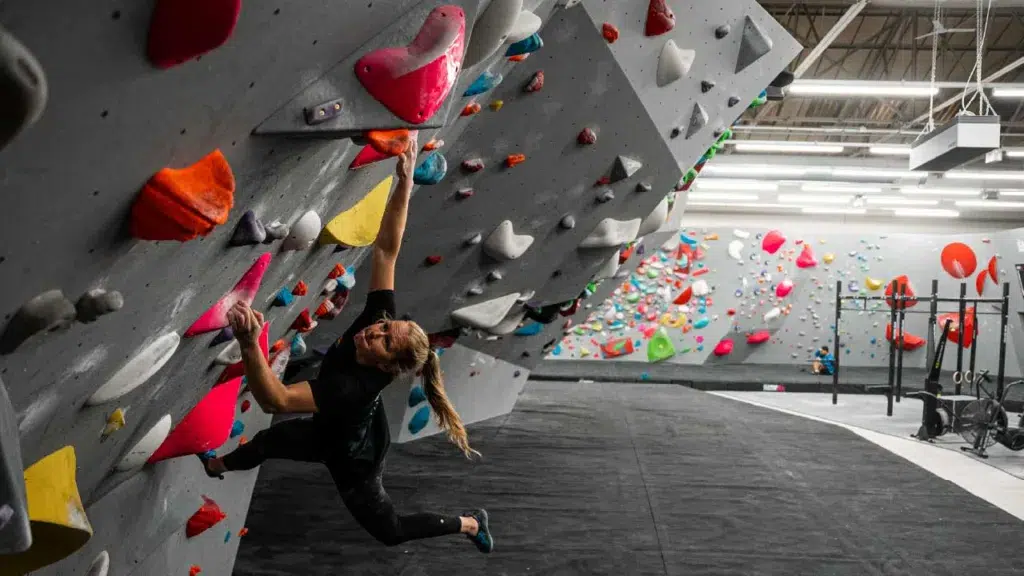
Whether you’re eyeing pole climbing training in Cincinnati, Ohio, or gearing up to conquer Kilimanjaro, your training is your ticket to survival. Climbing isn’t just a pastime; it’s war against your own limits — and you’re the soldier, strategist, and weapon.
Is Climbing a Good Exercise?
- Full-body strength workout: legs, core, shoulders, arms
- Improves balance, agility, and flexibility
- Builds cardiovascular endurance
- Enhances mental focus and problem-solving
Yes — climbing is not only a phenomenal full-body workout, it also taps into your primal instincts. Get stronger outdoors — don’t just survive, thrive.
Top Training Methods for New Climbers
1. Rock Climbing Workouts to Build Strength

To get that classic rock climber build, you need more than callused fingers and chalk. You need structure.
| Workout | Target | Duration |
|---|---|---|
| Dead Hangs | Grip Strength | 3 sets x 30 secs |
| Pull-ups | Upper Body | 3 sets x 8-12 reps |
| Planks | Core Stability | 3 sets x 1 min |
| Bulgarian Split Squats | Leg Power | 3 sets x 10 reps/leg |
Need more power? Don’t ignore leg exercises — strong legs push you up the wall, weak ones drag you down.
2. Climbing Reaction Time Training
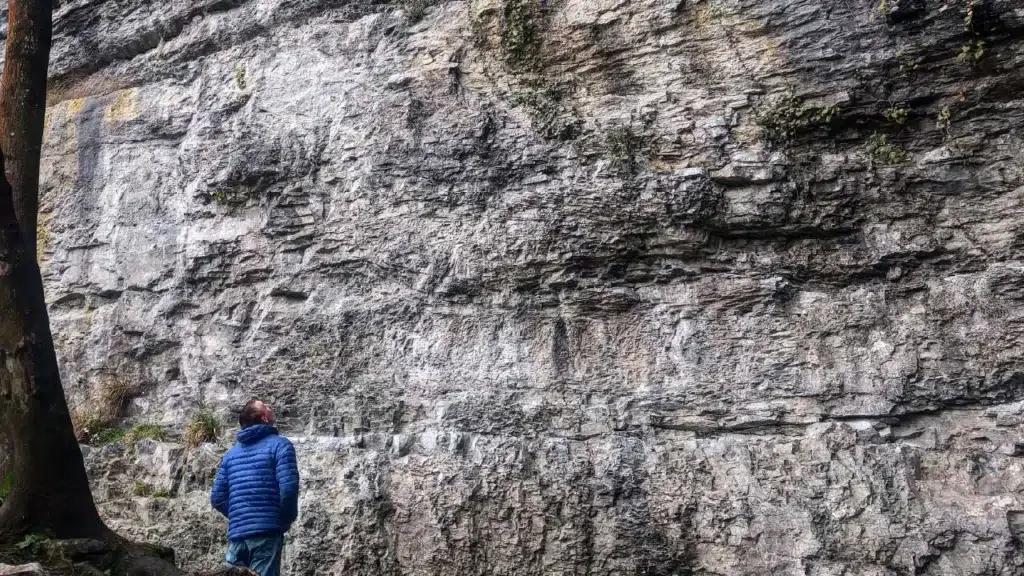
You’re not just climbing rock — you’re reacting, calculating. Try:
- Reaction ball drills
- Flash problem solving in bouldering
- Quick foot changes on climbing holds
- Eye-tracking and grip-shifting simulations
Sharpen your instincts and your reflexes. Fast reactions mean less time falling — more time flying.
3. Rope and Pole Climbing Training
Heading to pole climbing training in Cincinnati, Ohio? Or just want beast-mode grip strength? Rope work builds explosive pulling power.
- Rope climbs (start with legs, progress to no legs)
- Sled drags with ropes
- Battle rope intervals
Combine with circuit training to torch fat while you’re at it.
Flexibility and Mobility for Climbers
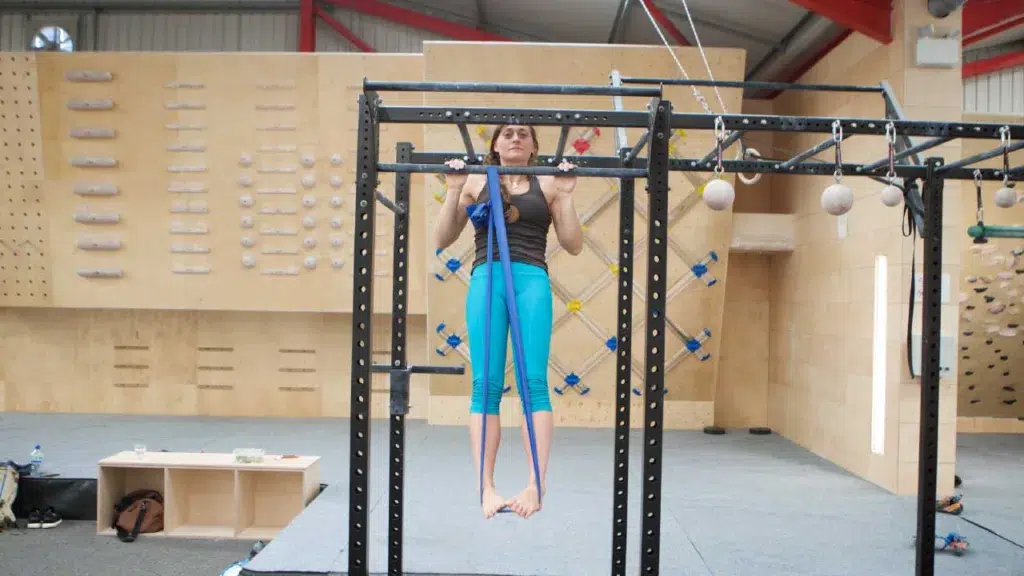
Climbing isn’t just strength — it’s range, control, and flow. Improve your flexibility fast with:
- Dynamic stretching warm-ups
- Hip openers and thoracic spine rotations
- Yoga for mobility (check out morning yoga)
- Core-focused mobility drills
Training for the Big Peaks: Kilimanjaro and Beyond
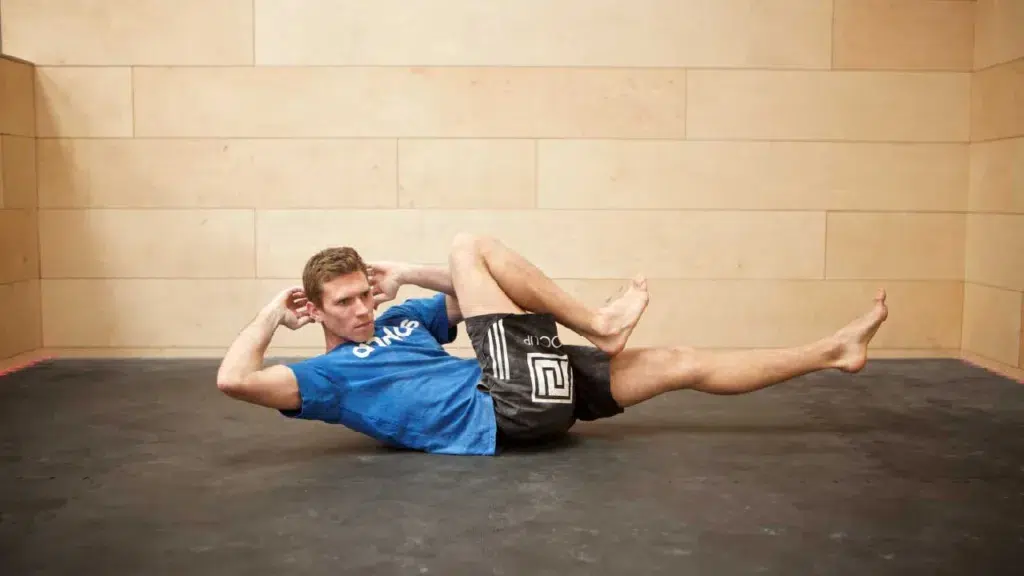
Wondering how to train to climb Kilimanjaro? You’re prepping for altitude, endurance, and sheer willpower.
- Long hikes with weight
- Endurance training (running, cycling, swimming)
- Interval incline treadmill training (treadmill guide here)
- Strengthen stabilizing muscles with this guide
Tips to Avoid Injury
Climbing trains the warrior. Injury humbles them. Don’t skip this:
- Injury prevention guide
- Proper warm-up (dynamic) and cooldown (static)
- Rest days — yes, even warriors sleep
- Listen to your body: sore is fine, sharp pain is not
Link Up and Level Up
Complement your climbing training with these killer guides from Prime Fitness Tips:
- 1-Month Gym Plan for Beginners
- Bodybuilding Legends: Eternal War
- Boxing for Beginners Guide
- Agility Training Drills
- Best Workout Playlists
- Functional Training 101
- Jump Rope Workout Benefits
Conclusion: Climb or Be Conquered
Climbing isn’t just physical — it’s psychological warfare. Against the wall. Against yourself. If you want to rise above, you have to train harder, smarter, and wilder. This isn’t just a hobby. It’s a battle cry.
FAQ: Climbing Training for Beginners
Is climbing good for weight loss?
Absolutely. It burns serious calories while building lean muscle. Combine with home calorie-burning workouts for faster results.
How do I start climbing if I’m out of shape?
Start with bodyweight workouts, improve grip, and build core strength. Check out our free YouTube workouts.
Do I need to be flexible to start climbing?
No, but it helps. Work on it simultaneously with climbing — check out Yoga vs. Pilates.
What gear do I need for beginner climbing training?
Start with climbing shoes, chalk, and a harness. Add hangboards and a pull-up bar for home training.
How often should beginners train?
2–3 days a week of climbing, plus 1–2 days of strength and mobility work. Rest is not weakness. It’s strategy.

